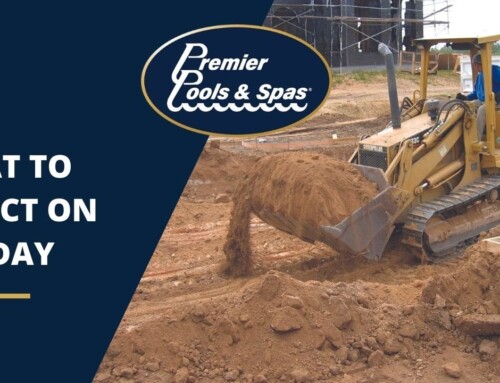The popularity of saltwater pools has increased by manifold in the past few years. It is largely due to their lesser costs of upkeep. Also, saltwater is easy on your skin and is a healthier option than chlorine. If you’re looking to convert your pool to this system, here are the steps that you can take:

Prepare Your Pool
Before installing the saltwater chlorinator, you should prepare your pool for the change. Thankfully, you needn’t drain the pool necessarily. If you, however, use an antibacterial agent, you may consider draining as a good idea. The pool sanitizer has active ingredients that are not compatible with chlorine.
Hence, it is advisable to remove such agents from the water before you convert your pool to saltwater. Talk to your pool builder whether you should drain the pool or burn the antibacterial agents. Also, test the pool water before altering its chemistry.
Choose the Right Saltwater System
The saltwater chlorinator works to pass the electrical current via salinized water. It causes a chemical reaction that creates chlorine using salt molecules. The main components of a chlorinator are the cell and a control panel. When selecting this system for the saltwater pools, you should consider the size of your pool, the price of the chlorinator, and features of the system that you select. Also, check the replacement cell cost before buying a chlorination system.

Choose the Right Location
In your inground pool, you can add a saltwater system to the existing plumbing line. It is installed after the filter, heater, and pump. Keep it close to the power source and control board. When installing the chlorinator cell in a pre-existing system, you can install it at the location of previously-installed chemical chlorine dispenser. All you need to do is remove the dispenser and place the electrolytic cell.
Installation of the Saltwater Chlorination System
For safe and successful installation of the saltwater chlorinator, you should rely on the pool professionals. In this process, you’ll have to shut off the power and keep it off until you test the unit and complete the installation. Also, it requires couplings or elbows to ensure that water flows without much resistance to the cell and your pool. You’ll further have to minimize obstructions that can cause back pressure on your system. If you use a one-directional cell, it is important to follow the flow direction properly. It is an equally good idea to install the check valves after the filter or heater installation. This will also prevent chlorinated water from back flowing into other equipment.
Add the Salt
After installation of the chlorination system, you should add salt to your pool. Check the owner’s manual to determine the amount of salt. Normally, it depends on the size of your pool. Use pool salt test strips to maintain the right level of salt in your pool. Turn on the pool pump and turn off the salt system when adding salt. This will spread it evenly around the pool.
Once you convert to saltwater pools, regular maintenance also becomes essential. Check the water balance regularly and add chemicals to your pool when necessary.



